According to the Korea Meteorological Administration (KMA), northern Seoul and its surrounding areas recorded 20 to 26 centimeters of snowfall on November 27. This is the heaviest November snowfall in Seoul since records began in October 1907. The previous record was 12.4 centimeters, recorded on November 28, 1972.
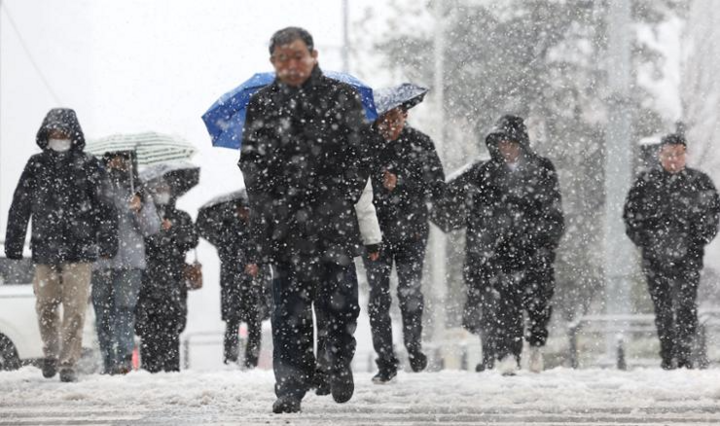
People walk under heavy snow in Seocho district, Seoul, South Korea, November 27. (Photo: Yonhap)
Heavy snowfall caused accidents, paralyzed streets and disrupted traffic in many areas. In Wonju City, Gangwon Province, on the afternoon of November 27, a serious traffic accident was recorded, when 53 cars crashed in a row, injuring 11 people.
The initial cause was determined to be slippery roads due to black ice, the phenomenon of the road surface being frozen due to snow and temperatures below 0 degrees Celsius.
As of November 27, rescue agencies had received more than 150 reports of traffic accidents, icy roads, and injuries from slipping and falling. In Seongbuk County, a tree fell on a power line, causing a power outage that affected nearly 200 households.
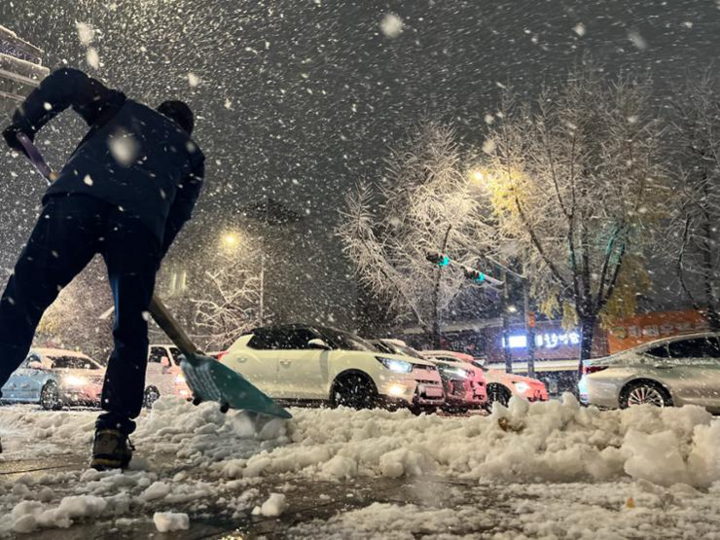
Record-breaking snowfall has severely affected traffic. (Photo: Yonhap)
According to Korea Airport Corporation and Incheon International Airport Corporation, more than 40 domestic and international flights were canceled, and nearly 200 were delayed.
Seoul's subway line 9 was also delayed by up to nine minutes during the morning rush hour on November 28, causing crowding at the platforms.
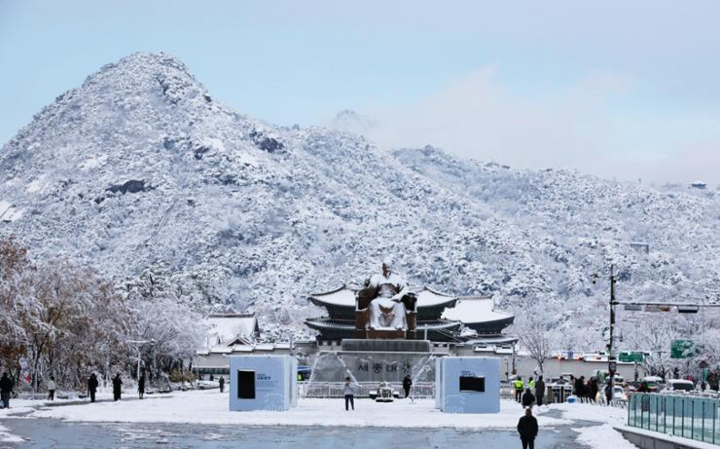
Snow covers Gwanghwamun Square and Bugak Mountain in central Seoul, November 27. (Photo: Yonhap)
KMA forecasts that snow will continue to fall in most parts of the country until noon on November 28.
South Korean President Yoon Suk-yeol instructed the safety and transport ministries to mobilize all necessary personnel and equipment to prevent traffic accidents and other incidents.
Source: https://vtcnews.vn/tuyet-roi-ky-luc-phu-kin-thu-do-han-quoc-ar910072.html


![[Photo] Children's smiles - hope after the earthquake disaster in Myanmar](https://vstatic.vietnam.vn/vietnam/resource/IMAGE/2025/4/14/9fc59328310d43839c4d369d08421cf3)
![[Photo] Touching images recreated at the program "Resources for Victory"](https://vstatic.vietnam.vn/vietnam/resource/IMAGE/2025/4/14/99863147ad274f01a9b208519ebc0dd2)
![[Photo] General Secretary To Lam chairs the third meeting to review the implementation of Resolution No. 18-NQ/TW](https://vstatic.vietnam.vn/vietnam/resource/IMAGE/2025/4/14/10f646e55e8e4f3b8c9ae2e35705481d)

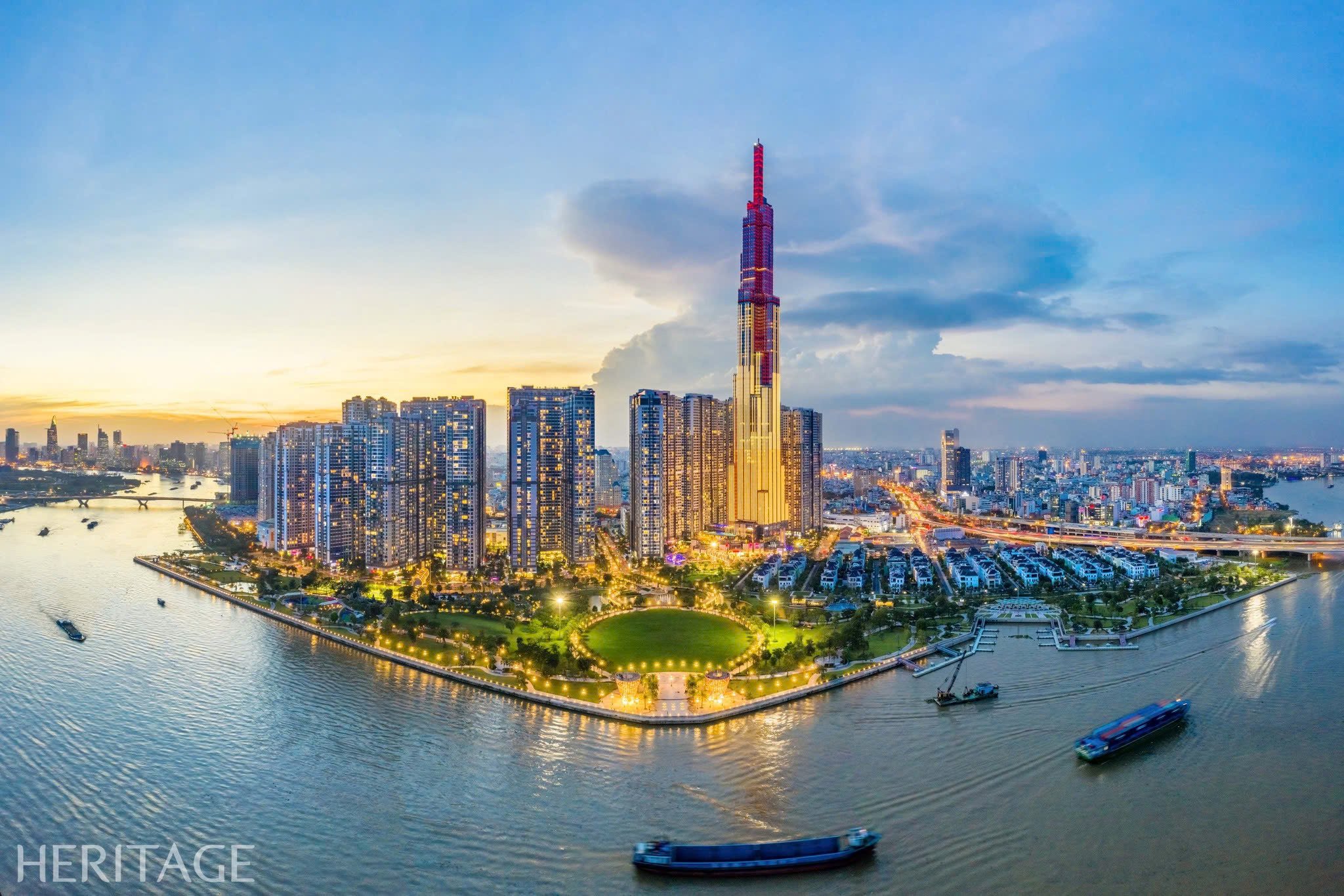
![[Photo] Opening of the 44th session of the National Assembly Standing Committee](https://vstatic.vietnam.vn/vietnam/resource/IMAGE/2025/4/14/03a1687d4f584352a4b7aa6aa0f73792)
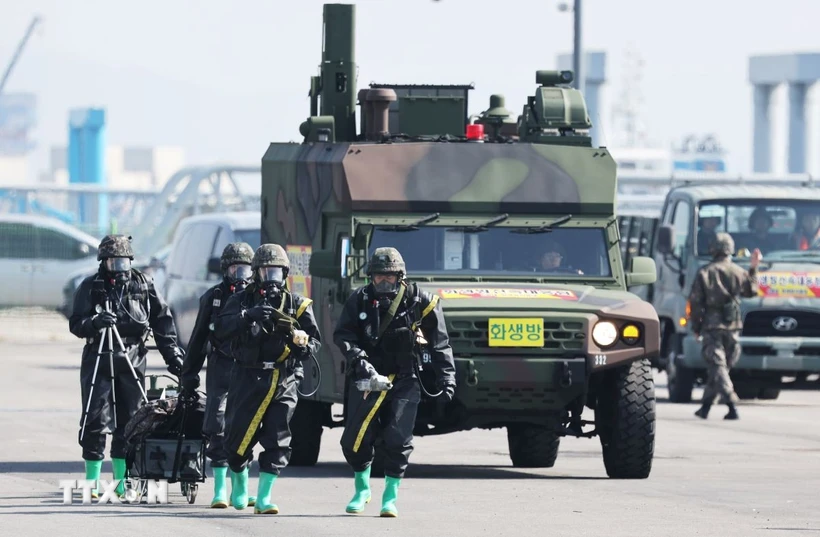

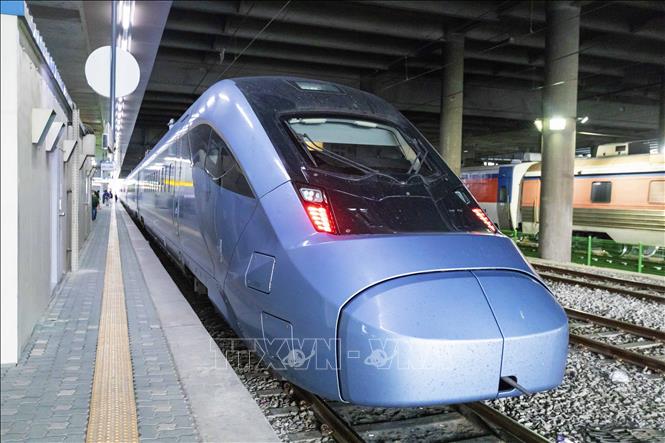

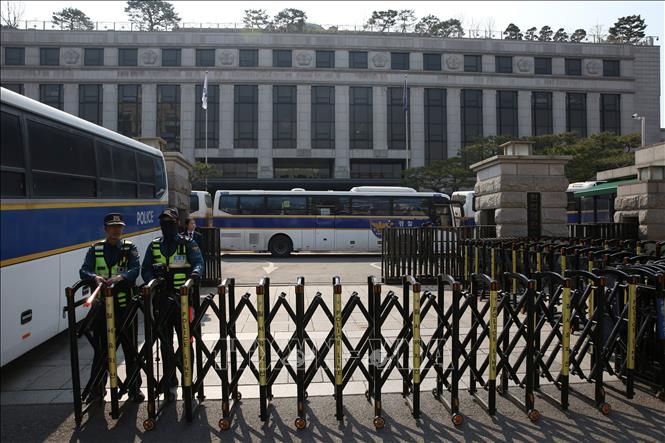





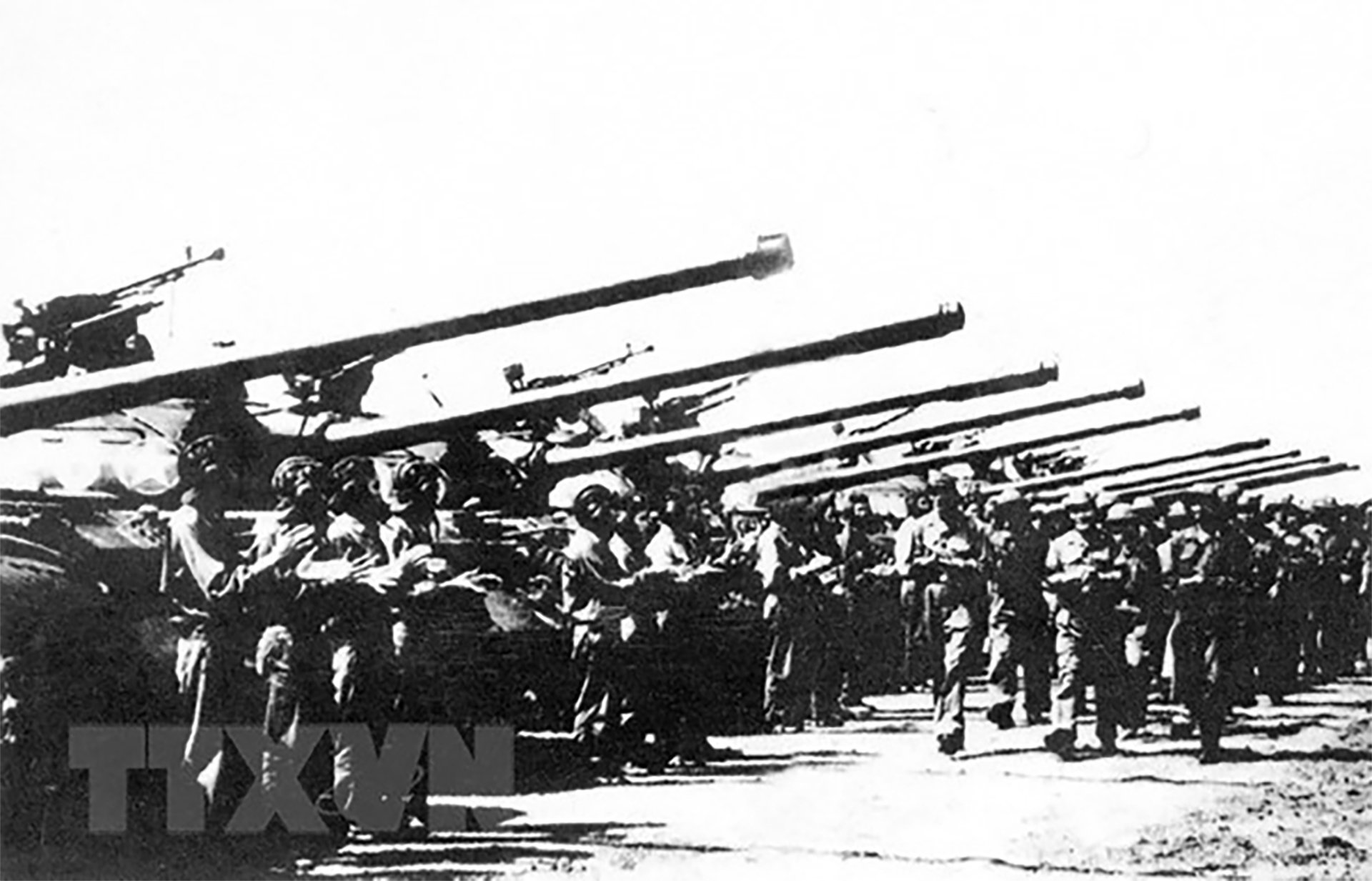


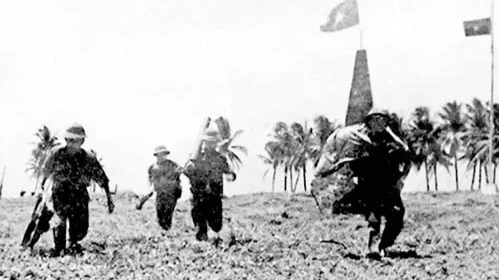




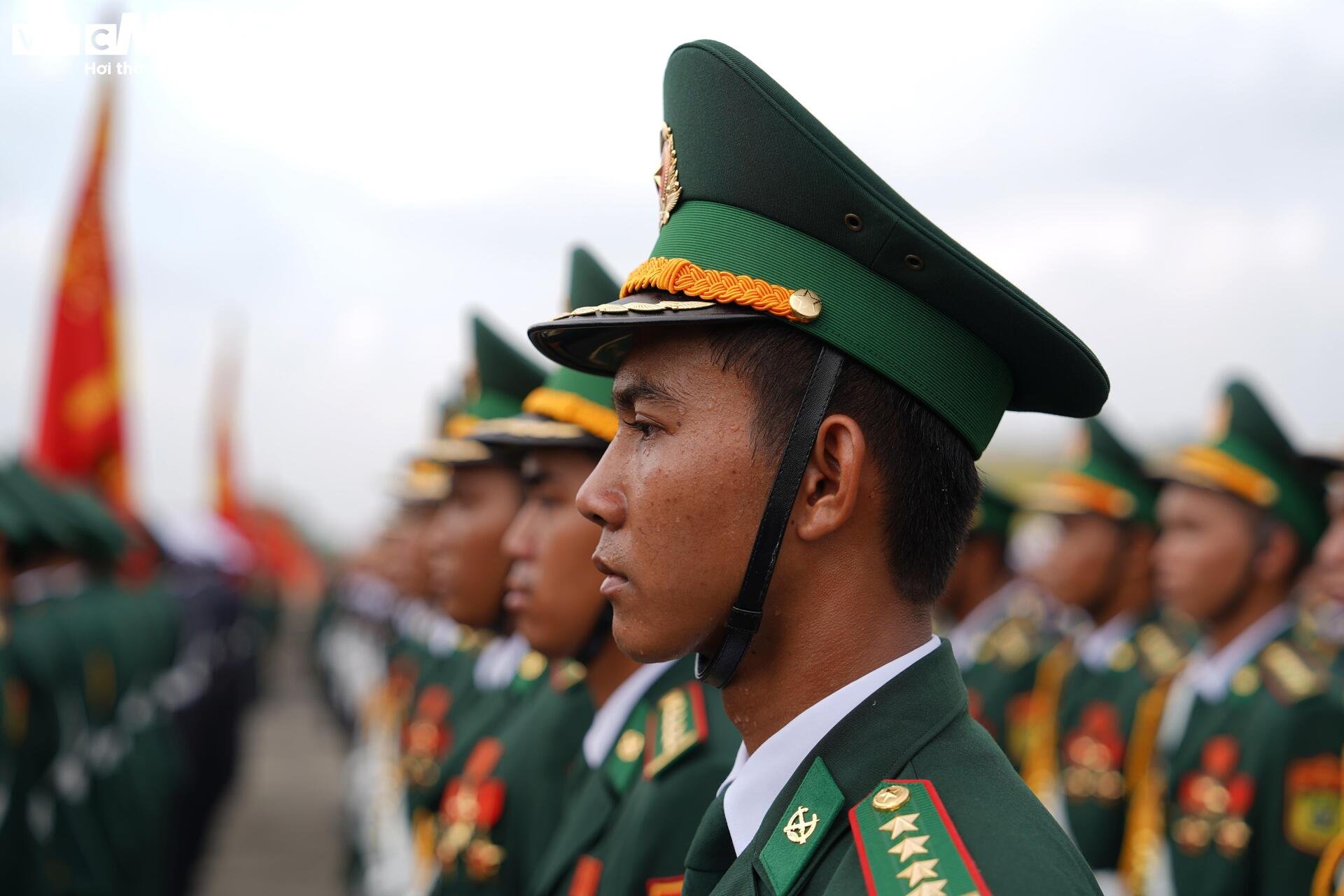






































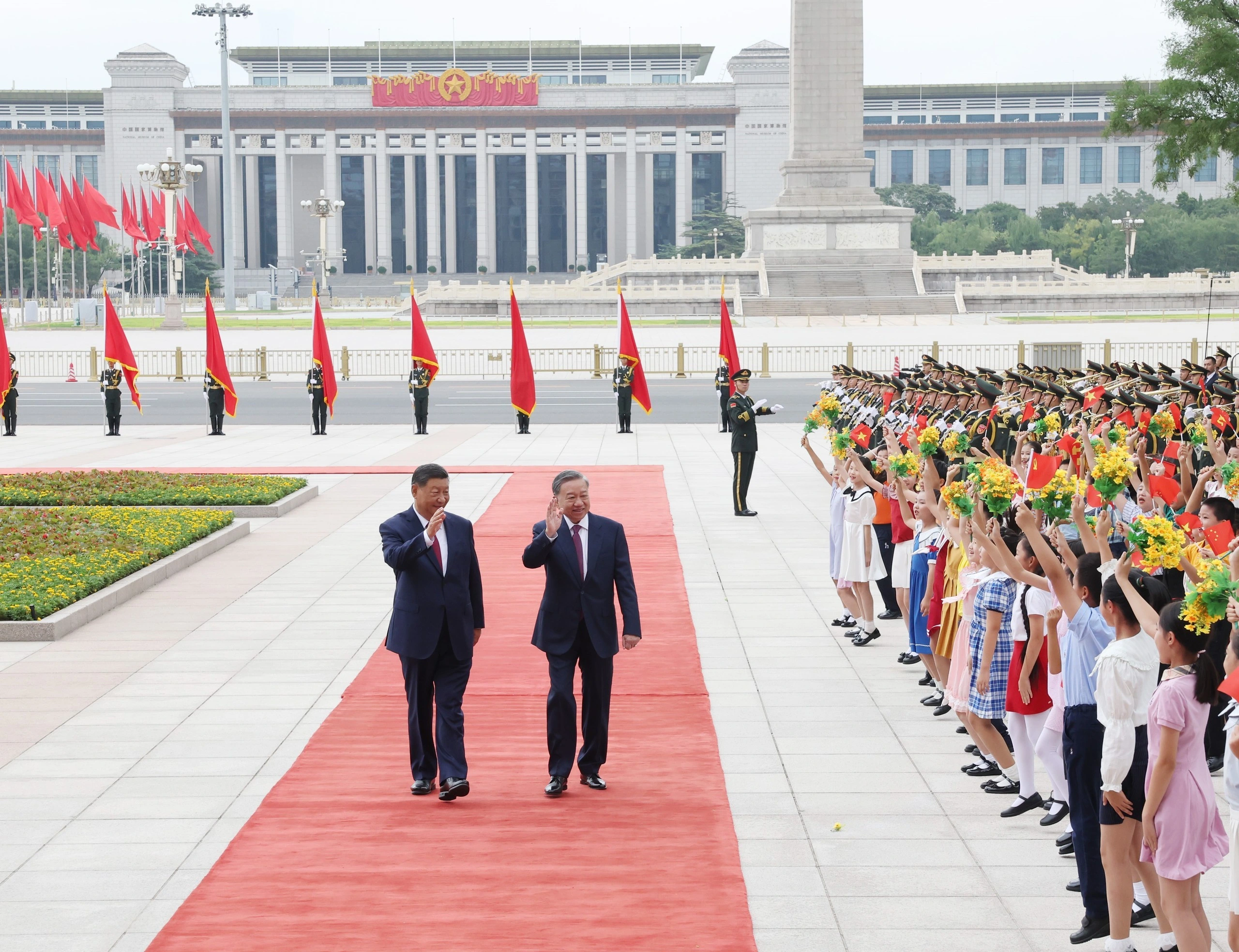








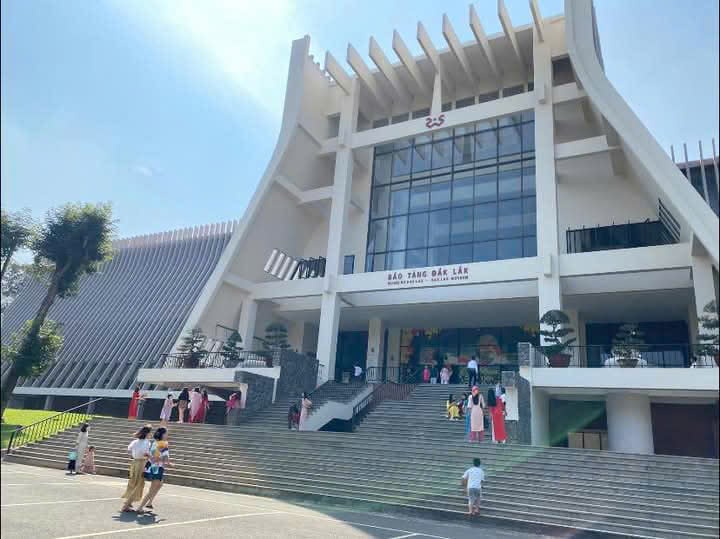
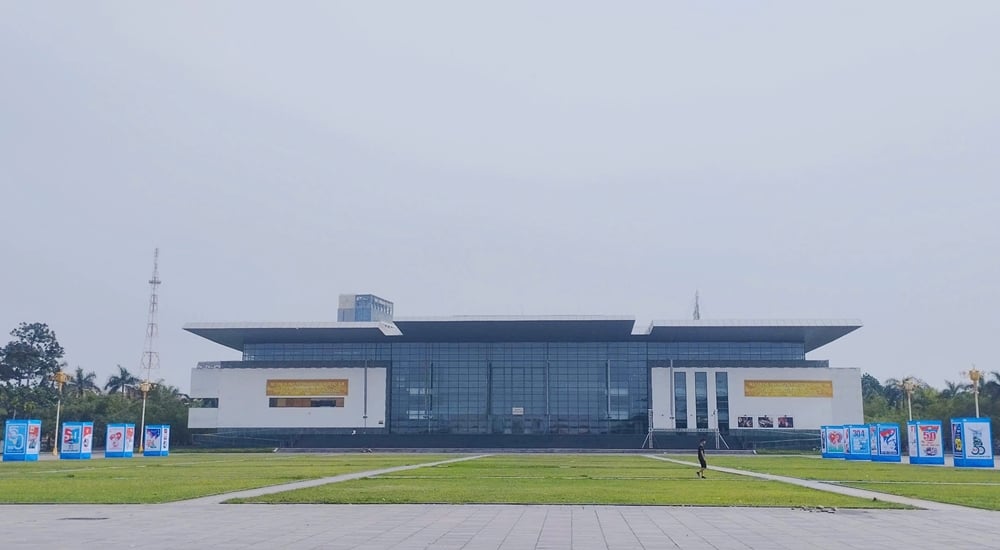

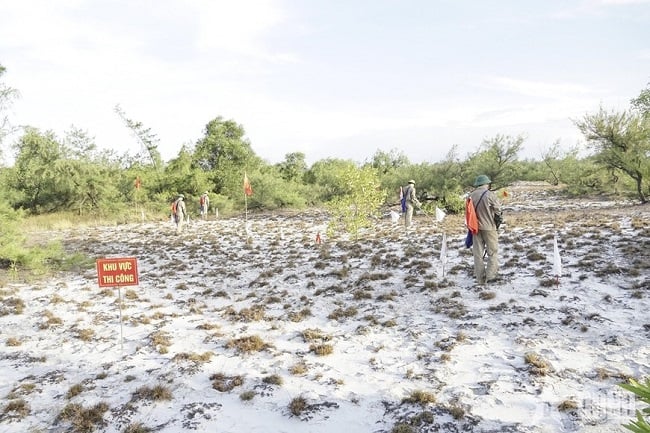
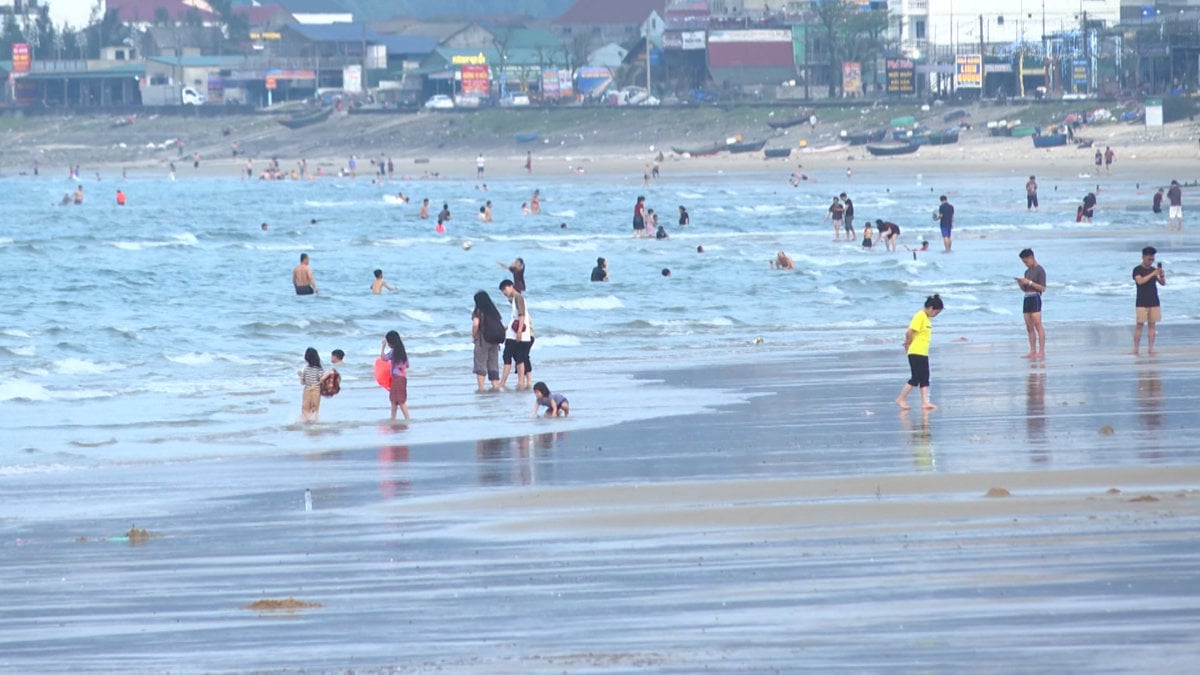
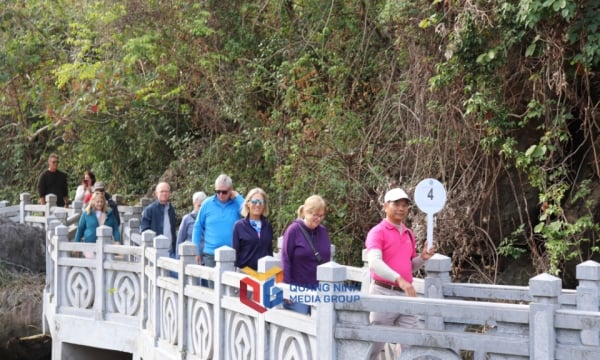
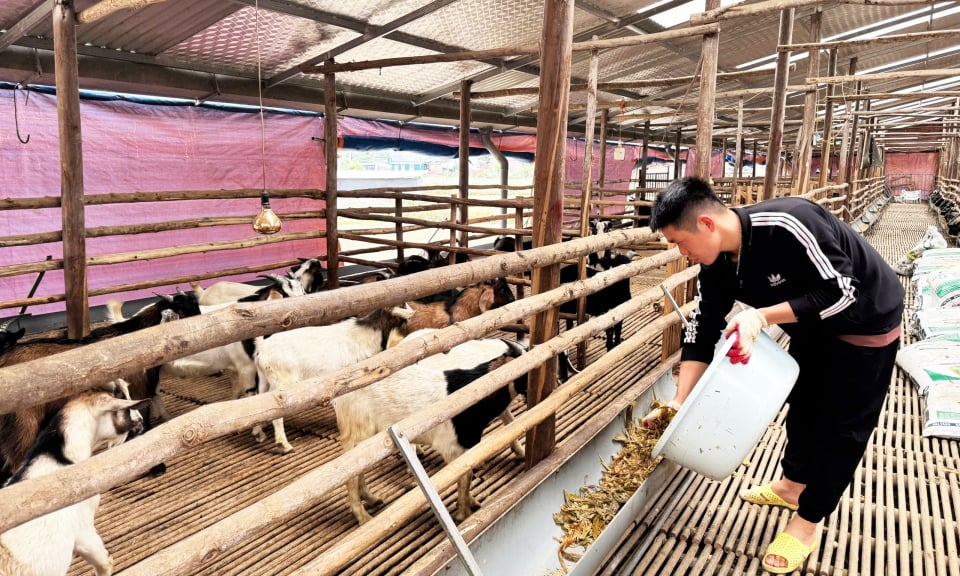









Comment (0)